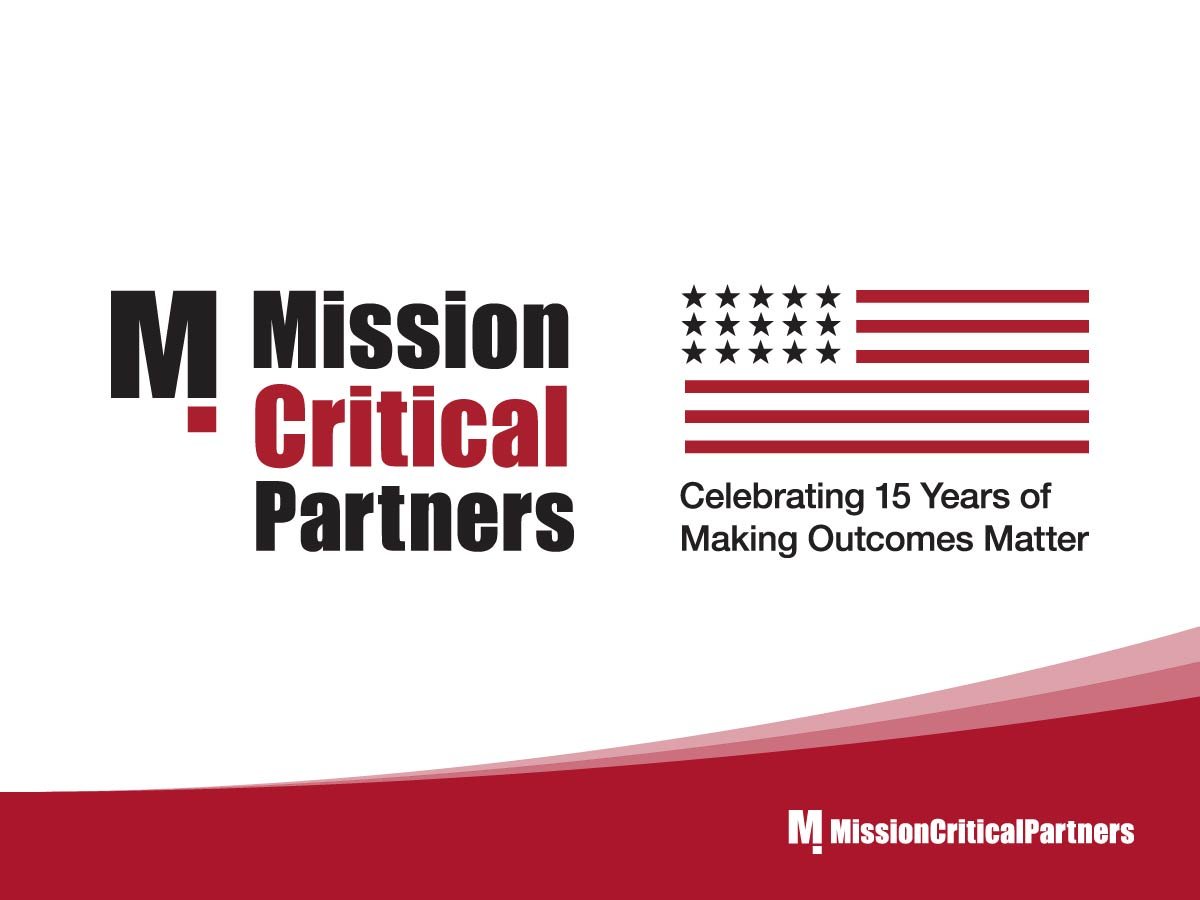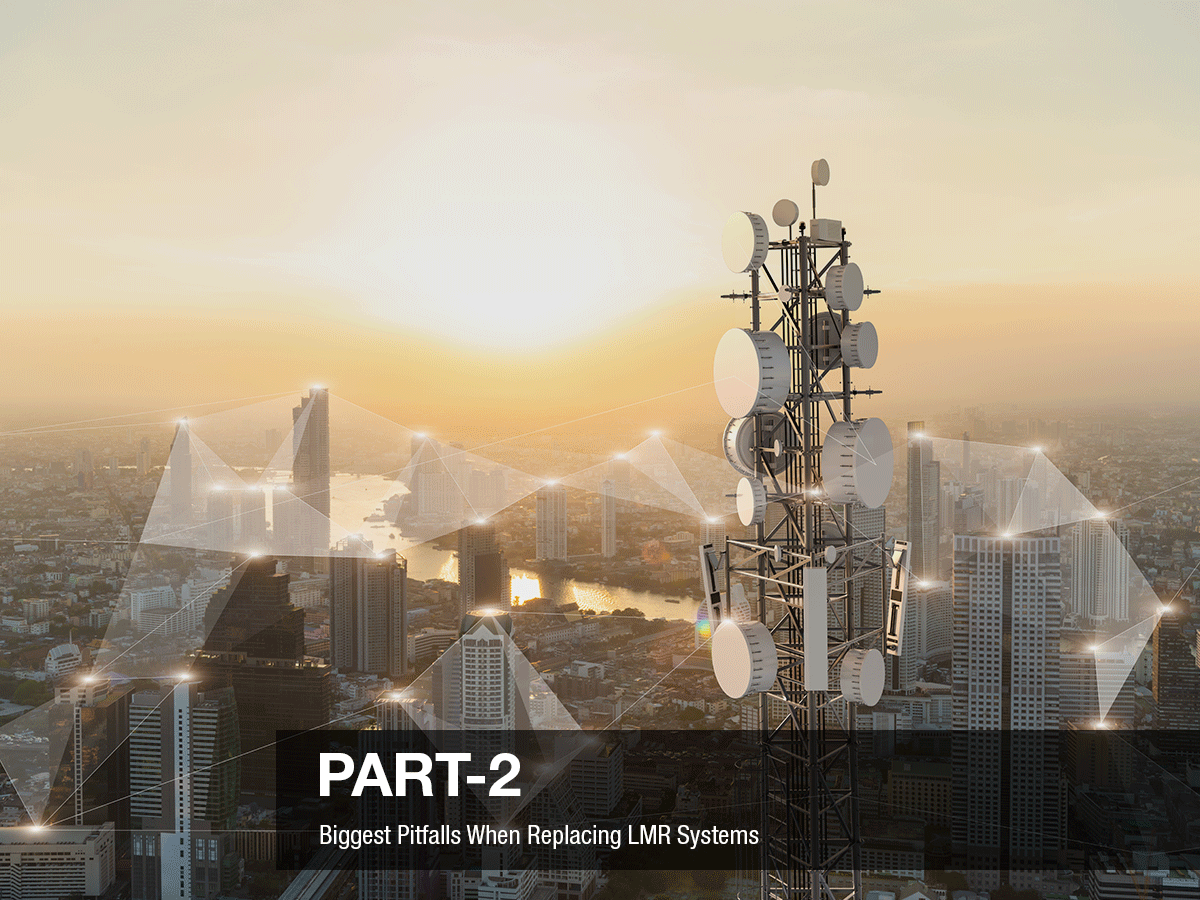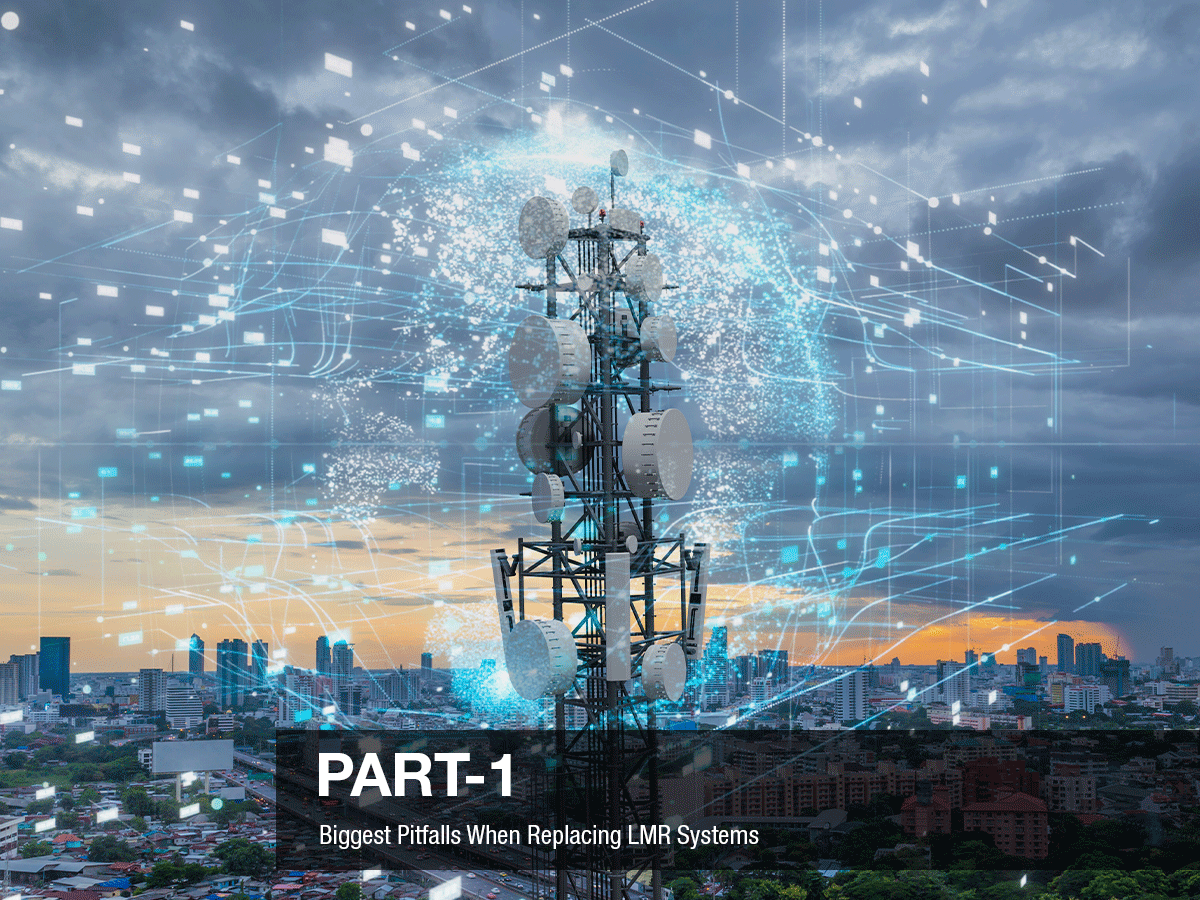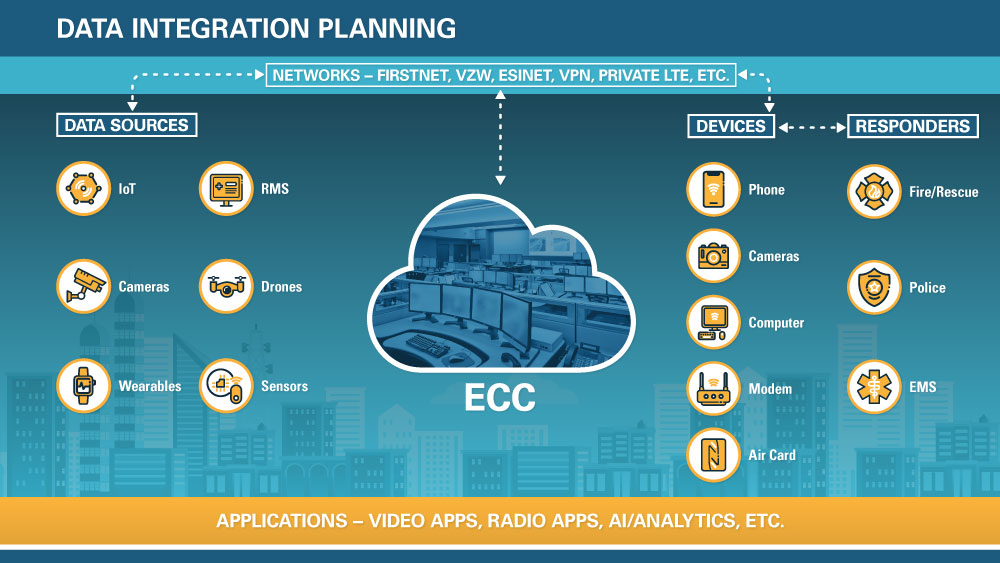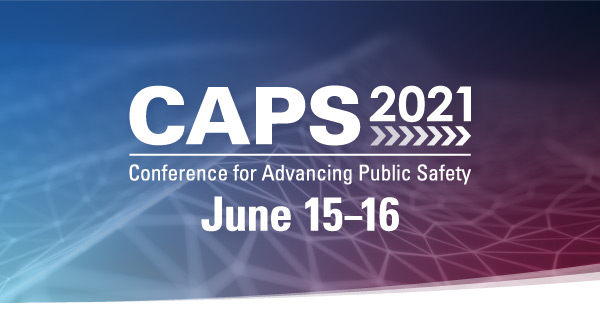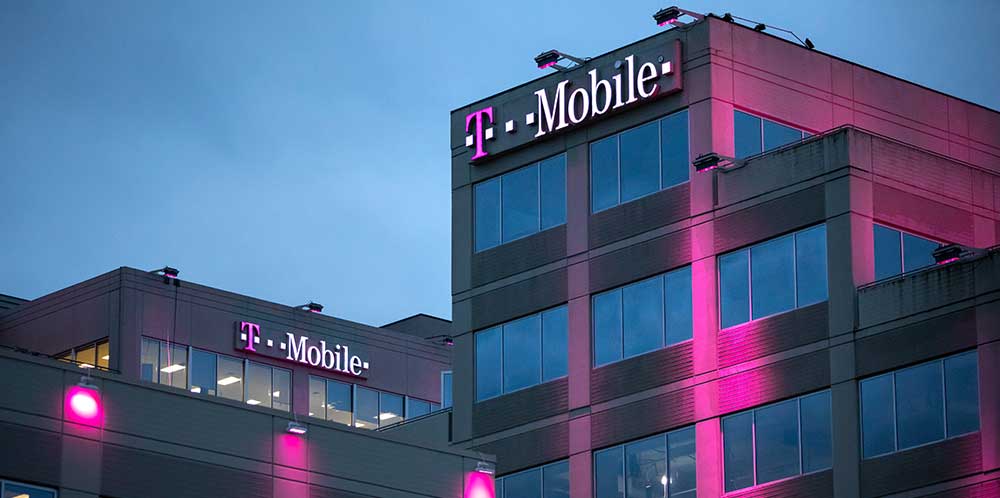This year was plagued by much hardship and sorrow, yet heartwarming stories and demonstrations of great leadership abound. From the heroic frontline workers battling the coronavirus to the pharmaceutical companies’ development of life-changing vaccines in record time, leaders are rising to the challenges. Similarly, the public safety community has had its fair share of challenges in 2020, especially those related to implementing Next Generation 911 and its life-saving capabilities, but now, as we wind down the year, an unsuspecting leader in public safety has emerged—T‑Mobile.

